The six basic building blocks of life are sulfur, phosphorus, oxygen, nitrogen, carbon and hydrogen. Arrange those in any number of ways and you can get either a single-celled paramecium or Angelina Jolie. The Mini brand works much the same way. Take the same group of engines, interior bits and exterior design elements, combine them in various ways and you get everything from a three-door hatchback to a five-door crossover.
It all started with the three-door hatchback, but Mini kept reconfiguring its basic elements to create a full range of automobiles that now includes the Convertible, Clubman wagon, Countryman CUV, a new Roadster, and this little guy: the 2012 Mini Coupe, available for our test purposes with the aggressive John Cooper Works package. All members of the Mini clan, however, share the same DNA and do little to hide their lineage.
Truth be told, just the idea of the Mini Coupe has few fans around the Autoblog offices. What point is there to a Mini that's smaller, heavier and more expensive than the standard hatchback? It seems to some that the Coupe exists just because it's an easy and obvious way to configure those basic Mini building blocks. But just because one can build something doesn't always mean one should. There's got to be a reason.
Does the Mini Coupe have a reason for being? Or is its existence owed simply to the fact that it could be made, so it was?
Truth be told, just the idea of the Mini Coupe has few fans around the Autoblog offices. What point is there to a Mini that's smaller, heavier and more expensive than the standard hatchback? It seems to some that the Coupe exists just because it's an easy and obvious way to configure those basic Mini building blocks. But just because one can build something doesn't always mean one should. There's got to be a reason.
Does the Mini Coupe have a reason for being? Or is its existence owed simply to the fact that it could be made, so it was?
Incidentally, despite launching at the same time as the Coupe, the Roadster has garnered many fans in our circle. The reason stares you right back in the face when you examine the two: the roadster is a looker. It's raison d'être is that deleting the back seat and using that space to neatly stow the top is a more attractive form of open-top Mini motoring than what the older Convertible provides, which is a top that gets folded and left sitting on the short rear deck where it's exposed and blocks the driver's rearward view. So we applaud the recombination of Mini elements into the Roadster because it's a better convertible than the Convertible (if you can sacrifice two seats).
The Coupe, however, is not a looker. It would win friends despite its deficiencies were it the most attractive Mini that money can buy, but in fact, it might be the least. Most of the coupe's design is familiar and fine because it comes straight from the Mini parts bin, but where it deviates, particularly the roof, is where we just want to look away. Mini calls it a "helmet" roof and we've heard before that the design inspiration was a backwards baseball cap. That seems plausible, as the roofline tilts sharply upward after the B-pillar and creates a lip spoiler over the rear window that resembles the brim of a baseball cap.
While design is always subjective, we've yet to find anyone who likes the "helmet" roof. What's worse is that Mini intentionally draws attention to it by making a contrasting roof color standard on all Coupes. In fact, there's only one body color with which Mini lets you order a matching roof: Midnight Black, which is a special color that costs $500 extra. So unless you want a stealthy aesthetic, your Coupe will have a permanently noticeable case of "helmet" head.
The Coupe, however, is not a looker. It would win friends despite its deficiencies were it the most attractive Mini that money can buy, but in fact, it might be the least. Most of the coupe's design is familiar and fine because it comes straight from the Mini parts bin, but where it deviates, particularly the roof, is where we just want to look away. Mini calls it a "helmet" roof and we've heard before that the design inspiration was a backwards baseball cap. That seems plausible, as the roofline tilts sharply upward after the B-pillar and creates a lip spoiler over the rear window that resembles the brim of a baseball cap.
While design is always subjective, we've yet to find anyone who likes the "helmet" roof. What's worse is that Mini intentionally draws attention to it by making a contrasting roof color standard on all Coupes. In fact, there's only one body color with which Mini lets you order a matching roof: Midnight Black, which is a special color that costs $500 extra. So unless you want a stealthy aesthetic, your Coupe will have a permanently noticeable case of "helmet" head.
We noticed something else odd about the Coupe while inspecting its roof: It's not a coupe at all. Technically, this car is a hatchback with a rear door that's hinged above the rear window. Yes, it is shaped like a coupe and even looks like it has a normal trunk lid that hides an active rear spoiler, but all that and the rear window go airborne when you go for something in the back. That's not to say being a hatchback is a bad thing in this case; it makes the Coupe's scant 9.8 cubic feet of cargo space much more useful. We did, however, curse the trays in the rear that hide cargo from view for rattling over bumps. Thankfully, they're removable.
Enter the car through either door and you'll encounter standard Mini fare. You've got the giant speedometer in the center of the dash that encircles a 6.5-inch nav system, which in our case also came with the Mini Connected suite of iPhone integration tools. Front and center is a large tachometer and there are circular vents for blowing hot and cold air, toggle switches for turning things on and off, and a tall gear shift for operating the six-speed manual transmission from Getrag. Everything feels and works just like it does in the hatchback, unless you look up or over your shoulder.
The Coupe has a much more steeply raked windshield, which puts the point where the glass and roof meet much closer to your forehead. The car is also about an inch shorter in height than the standard hatchback, so the roof is nearer to your noggin. Expectedly, ingress and egress are made a little more difficult by these incrementally more-cramped confines, as well as the curved shape of the roof over the doors. There are, however, divots in the underside of the roof that create extra headroom for the tall and those donning helmets. Sitting in the Coupe, though, can definitely feel constricted compared to the hatchback, but it can also feel like a tailor-fit suit if you like cars that are worn rather than just sat in.
The Coupe has a much more steeply raked windshield, which puts the point where the glass and roof meet much closer to your forehead. The car is also about an inch shorter in height than the standard hatchback, so the roof is nearer to your noggin. Expectedly, ingress and egress are made a little more difficult by these incrementally more-cramped confines, as well as the curved shape of the roof over the doors. There are, however, divots in the underside of the roof that create extra headroom for the tall and those donning helmets. Sitting in the Coupe, though, can definitely feel constricted compared to the hatchback, but it can also feel like a tailor-fit suit if you like cars that are worn rather than just sat in.
Unexpectedly, we rather liked this feeling while driving the Coupe, and on account of it began to believe that perhaps there is a defense to be made for this car. There's an economy of space here that makes the Coupe feel like it's One Size Fits You. Shrinking the cabin around the driver and passenger transforms this Mini from a tool for daily life into a machine made just for fun. There's no room in it for the extra people or cargo that would make the Coupe a safe, practical and prudent purchase (see the hatchback for that). There's only room for you, your companion and a weekend's worth of gear.
This point is driven home even harder with the inclusion of the John Cooper Works package. Order up your Coupe with this staple of the Mini performance catalog and you get the most aggressive tune of the brand's turbocharged and direct-injected 1.6-liter four-cylinder engine producing 208 horsepower at 6,000 RPM and 192 pound-feet of torque at 1,850 RPM (or 207 lb-ft with its Overboost function). With a curb weight of just 2,701 pounds (some 33 pounds heavier than the hatchback on account of extra chassis stiffening), a JCW Coupe like our tester can hit 60 miles per hour in 6.1 seconds and top out at 149 mph, all while returning an EPA-certified 28 miles per gallon in the city and 35 mpg on the highway.
This point is driven home even harder with the inclusion of the John Cooper Works package. Order up your Coupe with this staple of the Mini performance catalog and you get the most aggressive tune of the brand's turbocharged and direct-injected 1.6-liter four-cylinder engine producing 208 horsepower at 6,000 RPM and 192 pound-feet of torque at 1,850 RPM (or 207 lb-ft with its Overboost function). With a curb weight of just 2,701 pounds (some 33 pounds heavier than the hatchback on account of extra chassis stiffening), a JCW Coupe like our tester can hit 60 miles per hour in 6.1 seconds and top out at 149 mph, all while returning an EPA-certified 28 miles per gallon in the city and 35 mpg on the highway.
The JCW model also adds larger 12.4-inch front and 11.0-inch rear disc brakes from Brembo, unique 17-inch lightweight wheels wearing 205/45R run-flat summer tires from Continental, a more aggressive aerodynamic kit and beefier six-way adjustable sports seats. Our tester was also fitted with an optional $500 sport suspension that drops the car 10 millimeters, firms up the damping even more and adds larger anti-roll bars front and rear. If we're going with the theory that the Coupe's reason for being is fun and fun alone, then you can find no purer expression of its purpose than the John Cooper Works model.
There's little difference on paper between the JCW versions of the hatchback and Coupe in terms of performance. The JCW Coupe is 0.1 seconds quicker than the hatchback to 60 mph and 2 mph faster when going all out. Those numbers are negligible, but the JCW Coupe feels quicker than its spec sheet suggests. Perhaps because entering the car feels like sliding on a pair of racing gloves or lacing up your driving shoes.
The driving experience is perhaps the most visceral in the entire Mini lineup. This is a powerful engine in a very small car, and while turbo lag is definitely present, the car feels stronger the faster it's going. The six-speed's throws are a little long, but overall the transmission is a willing partner and the clutch engagement has a positive feel with well placed pedals for fun heel-and-toeing. The steering is also both laser accurate and bullet quick, and the Brembo brakes are overkill for anything but all-out appearances on a track.
The driving experience is perhaps the most visceral in the entire Mini lineup. This is a powerful engine in a very small car, and while turbo lag is definitely present, the car feels stronger the faster it's going. The six-speed's throws are a little long, but overall the transmission is a willing partner and the clutch engagement has a positive feel with well placed pedals for fun heel-and-toeing. The steering is also both laser accurate and bullet quick, and the Brembo brakes are overkill for anything but all-out appearances on a track.
Likewise, the JCW-spec suspension is track-level firm, which is amplified even further by the the tires being run-flats. Give it the smooth road it wants and you'll be given back a 4/5-scale supercar experience that feels like driving a giant Hot Wheels car. Give it broken pavement, pot holes and expansion joints and you'll be given back a ride that's difficult to endure, able to be taken only in small doses. But that's the best prescription we can give someone considering a JCW Coupe: use sparingly on only the most idyllic roads. That makes it a good third-car candidate, or perhaps something for the retired population to pull behind their motor coaches.
The ontology of the Coupe, especially the JCW model, has one last challenger, and that is price. Minis are premium small cars and priced as such to begin with, but the JCW Coupe starts with a base price of $31,200 (not including a $700 destination charge). That's a full $1,800 more than the JCW hatchback with its more usable shape and two extra seats. Our particular tester sports an options list too long to enumerate here, but includes infotainment, performance and appearance options that jack up the as-tested price all the way to $38,350, and cresting $40,000 is just another option or two away.
The ontology of the Coupe, especially the JCW model, has one last challenger, and that is price. Minis are premium small cars and priced as such to begin with, but the JCW Coupe starts with a base price of $31,200 (not including a $700 destination charge). That's a full $1,800 more than the JCW hatchback with its more usable shape and two extra seats. Our particular tester sports an options list too long to enumerate here, but includes infotainment, performance and appearance options that jack up the as-tested price all the way to $38,350, and cresting $40,000 is just another option or two away.
Aside from buying the identically performing but more practical JCW hatchback for less money, you could also consider a newcomer like the Hyundai Veloster Turbo or a proven veteran like the Mazdaspeed3. Both offer similar front-wheel-drive performance with more utility for much less money. You could also consider a BMW 1 Series, Audi TT or Mercedes-Benz SLK – all have starting prices in the same ballpark as this loaded JCW Coupe and are similarly restricted in utility, yet each offers more engaging performance from their rear- or all-wheel-drive platforms. Even the Nissan 370Z and Detroit's full trio of pony cars are fair game when looking for the most bang for your buck in the $30-40K range.
The 2012 Mini John Cooper Works Coupe simply comes up short on either value when compared to similarly configured front-drivers or performance when compared to similarly priced sports cars. And it's not just undercut by competitors priced above and below it, but also by the hatchback parked next to it in the showroom. As much as we grinned behind the wheel when the planets aligned for us on a perfect road, we just can't find the justification for a Mini made this way.
The 2012 Mini John Cooper Works Coupe simply comes up short on either value when compared to similarly configured front-drivers or performance when compared to similarly priced sports cars. And it's not just undercut by competitors priced above and below it, but also by the hatchback parked next to it in the showroom. As much as we grinned behind the wheel when the planets aligned for us on a perfect road, we just can't find the justification for a Mini made this way.
Via: autoblog






















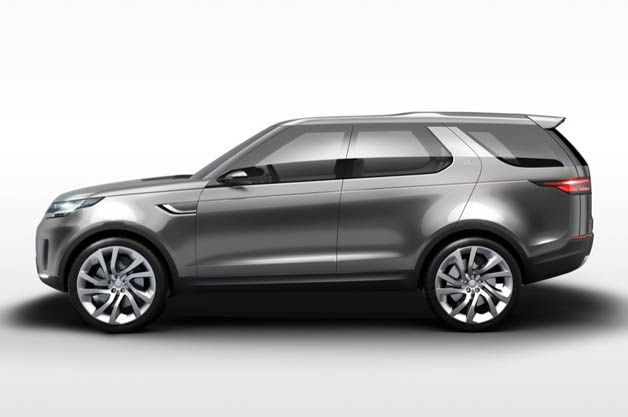

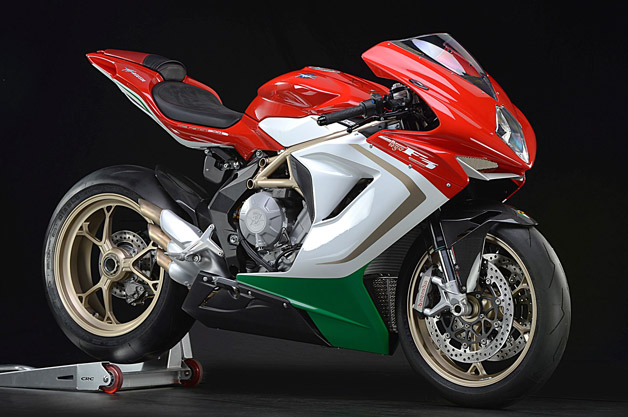

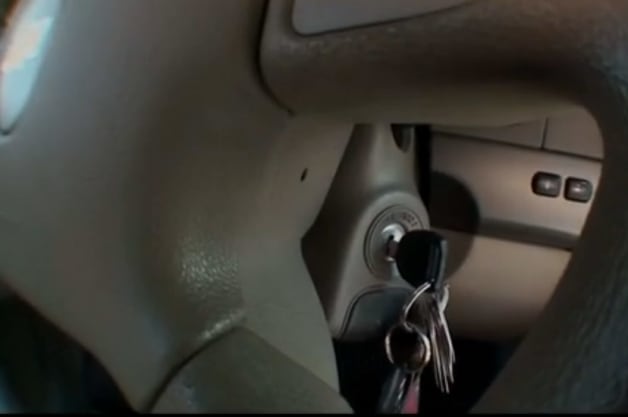

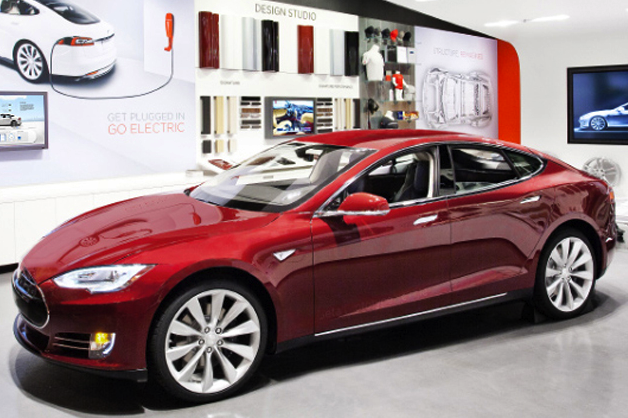


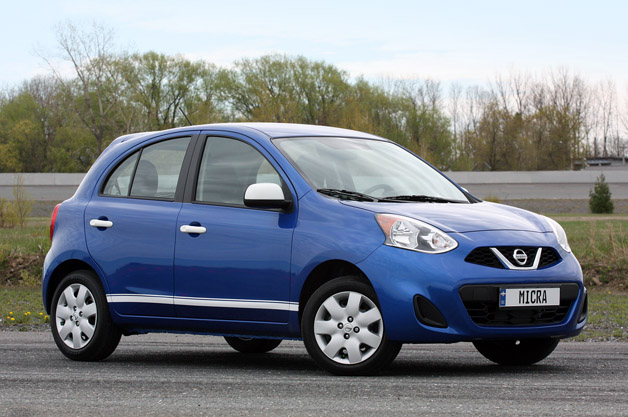
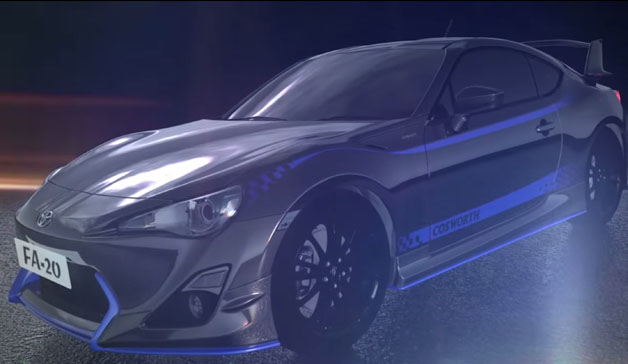

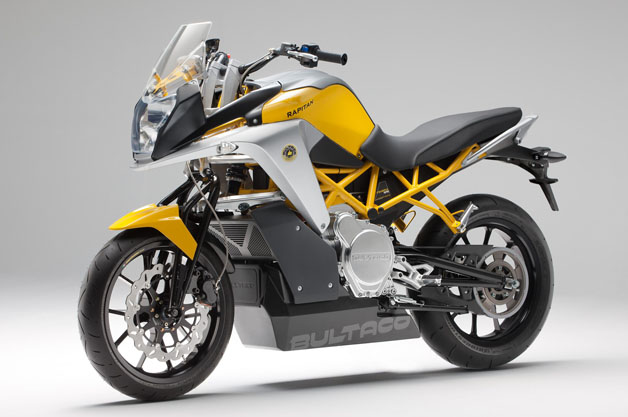

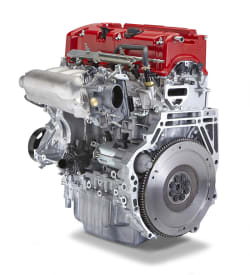
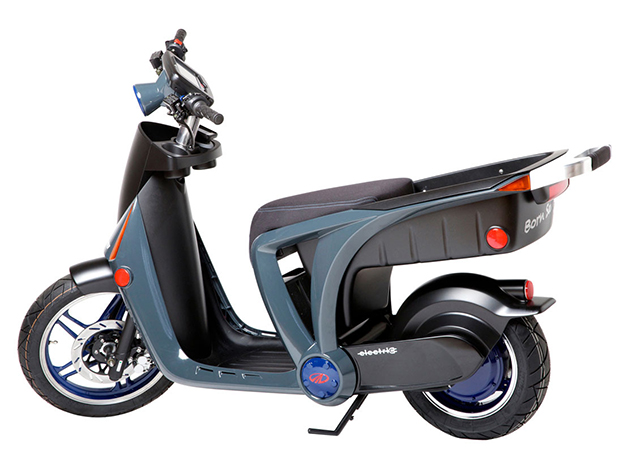













0 nhận xét:
Post a Comment